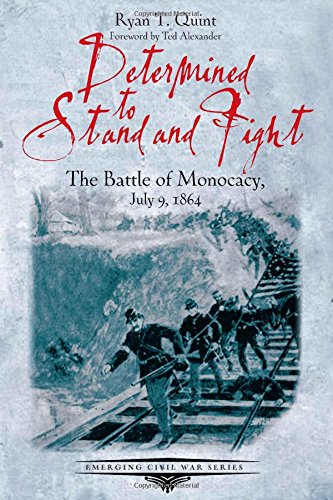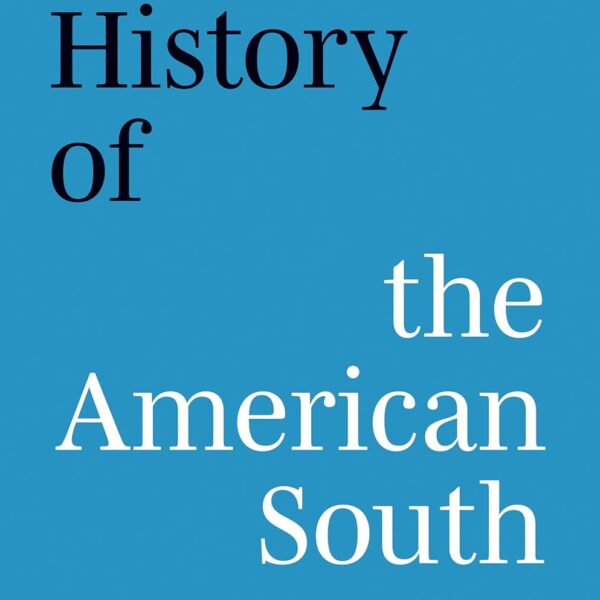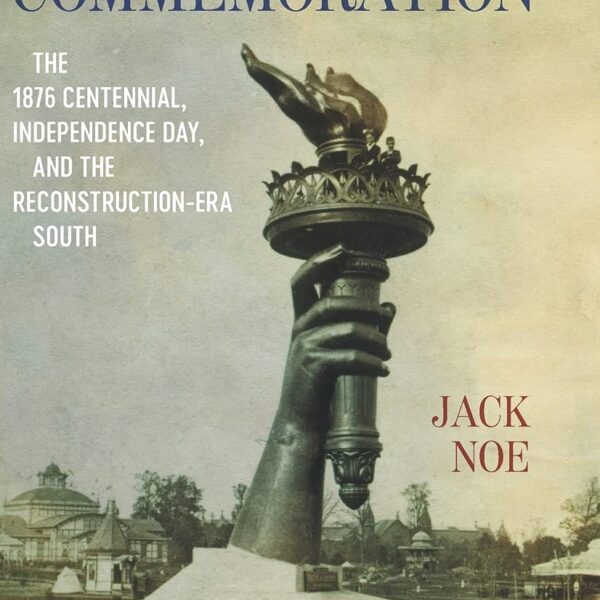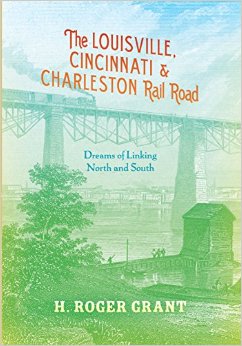Determined to Stand and Fight: The Battle of Monocacy, July 9, 1864 by Ryan T. Quint. Savas Beatie, 2017. Paper, ISBN 978-1-61121-346-1. $14.95.
 Nestled in the pastures southeast of Frederick, Maryland, Monocacy National Battlefield is a rather unassuming Civil War park. Split by the boisterous Washington National Pike and lacking clusters of monuments, many residents of the area use the battlefield for recreational purposes. These traits make it all too easy to overlook the importance of the desperate engagement that took place there on July 9, 1864. With concise clarity and resounding insight, Ryan Quint’s Determined to Stand and Fight resurrects the significance and drama of the clash in the broader context of the war.
Nestled in the pastures southeast of Frederick, Maryland, Monocacy National Battlefield is a rather unassuming Civil War park. Split by the boisterous Washington National Pike and lacking clusters of monuments, many residents of the area use the battlefield for recreational purposes. These traits make it all too easy to overlook the importance of the desperate engagement that took place there on July 9, 1864. With concise clarity and resounding insight, Ryan Quint’s Determined to Stand and Fight resurrects the significance and drama of the clash in the broader context of the war.
Savas Beatie continues its trend of offering brief but helpful histories with this, its latest volume of the Emerging Civil War Series. Quint initiates his study with a visceral punch. “The bullet entered Pvt. George Douse’s face, blowing out the back of his cheek and then striking the young Vermonter in the right shoulder,” Quint begins. Knocked to the ground, Douse huddled among his comrades as the surrounding rifles cracked in the blistering fire. Amazingly, Douse survived his gruesome wound and lived another fifty years. The book is peppered with such deeply human perspectives, allowing readers to gain perspectives from the micro- and macro- levels alike (xvii-xviii).
This history and guide to Monocacy travels well beyond the boundaries of the park itself. Beginning in Virginia’s Shenandoah Valley, Quint traces the long term evolution as to how and why Confederate general Jubal Early’s incursion into Maryland occurred. The book engagingly bounces from Petersburg, to Lexington, to Baltimore, Frederick, and the gates of Washington. Although far from one of the largest or best known campaigns of the Civil War, Early’s daring raid is a colorful tale of retribution, diversion, anxiety, and shrewd political calculation.
None of this is lost upon readers as they turn the pages of Quint’s handy study. In fact, the broad yet slim book of 170 pages serves as an ideal compass for a Civil War weekend road trip throughout Virginia and Maryland. While a ten-page section exclusively examines the auto tour stops at Monocacy National Battlefield, insightful supplemental articles and appendices help paint the broader panorama of that summer’s events.
Quint skillfully interweaves tales of civilians, generals, and common soldiers to depict how a moderate-sized skirmish erupted into a full-fledged battle. Central to this yarn are characters such as Glenn Worthington, a six-year-old farm boy who witnessed the battle and later became the historian of the engagement. As his family watched the battle from their farm cellar, Glenn’s mother exclaimed of retreating Confederates, “Poor creatures, it means death to them either way” (62). Additional biographical sketches of leaders including “Black John” McCausland and future Ben-Hur author Lew Wallace add richness to the unfolding saga. Quint also introduces readers to lesser-known personalities, including William Seward, Jr., son of Lincoln’s Secretary of State, who was wounded while leading the 9th New York Heavy Artillery into action.
The author succinctly sums up the legacies of this central Maryland clash: “When looking at the battle of Monocacy, its casualties do not amount to an Antietam, Gettysburg, or Chickamauga, but Lew Wallace’s stand nonetheless had crucial ramifications. He had gone to the Monocacy River to defend the B&O Railroad bridge and delay Jubal Early’s Confederates” as they advanced toward Washington (94). In a broader sense, Wallace succeeded. The Union’s tactical loss turned into a strategic gain. Wallace’s victory did not come immediately on the battlefield, but with the fact that he bought time for reinforcements to bolster Washington’s defenses. Ideal for use at a desk or in the field, Determined to Stand and Fight serves as a fine reflection on this too frequently overshadowed battle.
Jared Frederick is an Instructor of History at Penn State Altoona and author of Images of Modern America: Gettysburg National Military Park.




